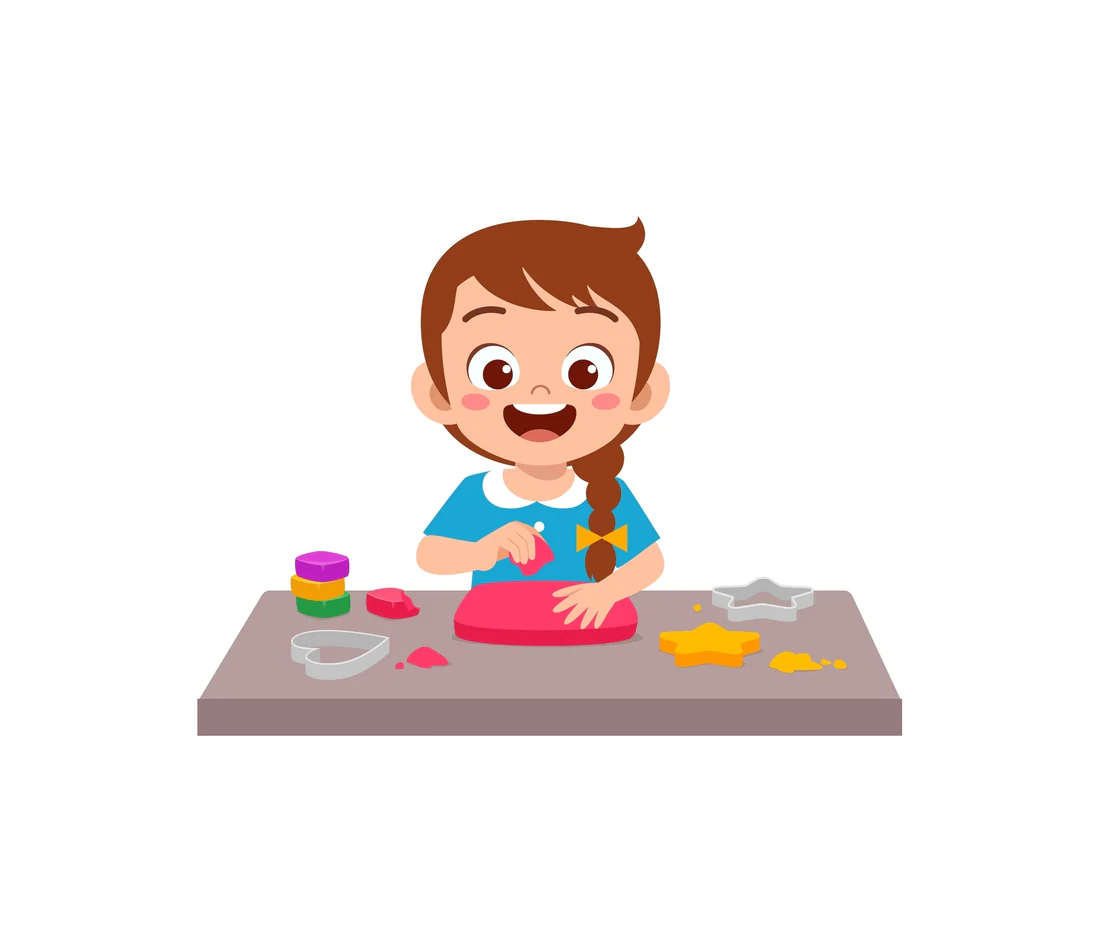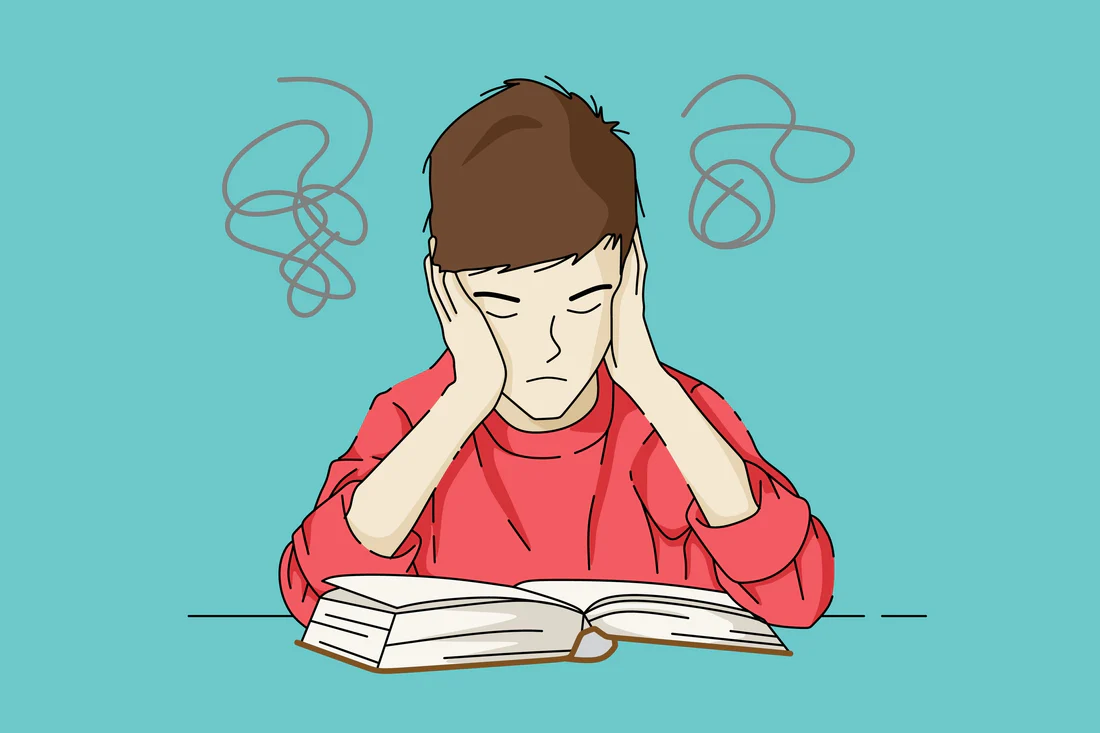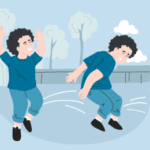
Behavioral & Emotional Disorders
- Oppositional Defiant Disorder (ODD) in Children: Symptoms, Causes, & Treatment
- Conduct Disorder in Children: Signs, Causes & Support
- Mood Disorders in Children: Signs, Support & Resources
- Social Anxiety in Children: Signs, Support & Therapies
- Generalized Anxiety Disorder (GAD) in Children: Signs, Support & Resources
- Selective Mutism in Children: Signs, Causes & Therapy Support
- OCD in Children: Signs, Causes & Therapy Support
- Disruptive Mood Dysregulation Disorder (DMDD) in Children: Signs, Causes & Support
- Childhood Depression: Signs, Causes & Pediatric Therapy Support
- Stuttering Therapy & Treatment | DrSensory Speech Experts
- Ultimate Guide to LISPs in Children & Adults
Mood Disorders in Children: Signs, Support & Resources

Authored by: The DrSensory Editorial Team
Reviewed by: 🛡️ DrSensory Clinical Review Board
Last updated: June 2025
Understanding Mood Disorders in Children
Signs, Causes, and Supportive Strategies for Families
What Are Mood Disorders?
Mood disorders in children involve persistent disturbances in mood that interfere with everyday life, relationships, and development. While occasional sadness or irritability is part of growing up, mood disorders reflect ongoing emotional struggles that may require clinical attention.
Common mood disorders in childhood include:
- Depression (Major Depressive Disorder)
- Bipolar Disorder
- Disruptive Mood Dysregulation Disorder (DMDD)
Mood disorders can affect behavior, learning, social development, and even physical health. Early identification is crucial for improving long-term outcomes.
Signs & Symptoms of Mood Disorders in Children
Children with mood disorders may display emotional, behavioral, and physical symptoms that go beyond typical mood swings.
Emotional Symptoms
- Persistent sadness, hopelessness, or apathy
- Extreme irritability or anger
- Low self-esteem or guilt
Loss of interest in previously enjoyed activities
Behavioral Symptoms
- Withdrawal from family or friends
- Changes in sleep or appetite
- Fatigue or low energy
- Difficulty concentrating or making decisions
- Risk-taking or self-harming behavior
Note:
Symptoms must be present for a sustained period (typically 2+ weeks) and impact functioning at school, home, or socially to meet diagnostic criteria.
Common Types of Pediatric Mood Disorders
Major Depressive Disorder (MDD)
Involves prolonged periods of sadness, low energy, and loss of interest in activities. Children may express depression through irritability rather than verbal sadness.
Bipolar Disorder
Characterized by extreme shifts in mood, energy, and activity levels. Children with bipolar disorder may alternate between manic episodes (euphoria, impulsivity) and depressive episodes.
Disruptive Mood Dysregulation Disorder (DMDD)
A newer diagnosis in children marked by severe irritability and frequent, intense temper outbursts. DMDD often overlaps with other behavioral conditions.
Causes & Risk Factors
Mood disorders arise from a combination of biological, psychological, and environmental factors:
- Genetics: Family history of depression, bipolar disorder, or anxiety
- Brain Chemistry: Imbalances in neurotransmitters that regulate mood
- Stress & Trauma: Bullying, abuse, loss, or family conflict
- Co-occurring Conditions: ADHD, learning disabilities, or sensory processing challenges
⚠️ When to Seek Help
If your child’s mood seems consistently low, unpredictable, or intense—and it’s interfering with daily life—consult a licensed mental health provider such as a:
- Pediatric psychiatrist or psychologist
- Licensed clinical social worker
- Developmental-behavioral pediatrician
DrSensory does not currently provide mental health evaluations but encourages families to seek early support and explore developmental therapies that can work alongside clinical treatment.
🧩 How Developmental Therapies Can Support Mood Disorders
While mood disorders must be diagnosed and treated by mental health professionals, many children benefit from additional support for communication, sensory regulation, and daily functioning.
At DrSensory, you can use our Therapist Database to find local pediatric occupational therapists (OTs), physical therapists (PTs), and speech-language pathologists (SLPs) who offer supportive care.
1. Occupational Therapy (OT)
Helps children with self-regulation, coping skills, sensory processing, and routines that reduce emotional overwhelm and improve daily participation.
2. Speech-Language Therapy (SLP)
Supports communication skills, especially in children who struggle to express feelings or navigate social interactions. Improved expressive language can ease frustration and isolation.
3. Physical Therapy (PT)
Promotes movement, coordination, and confidence. Physical activity is linked to better mood and can play a supportive role in therapy plans.
4. Parent Coaching & Collaboration
Many therapists offer strategies for building structure, promoting resilience, and reducing behavioral escalation at home.
💡 The DrSensory Advantage
DrSensory empowers families by connecting them with licensed pediatric therapy professionals who support the developmental needs of children with mood or behavioral challenges.
- 🔍 Find OTs, PTs & SLPs by Specialty & Location
- 🎯 Professionals Experienced in Pediatric Development
- 🧠 Focus on Emotional, Social & Sensory Integration
- 🤝 Supportive Resources to Complement Clinical Care
While we don’t diagnose or treat mood disorders, we help you build a care team that addresses the whole child—not just the diagnosis.
Frequently Asked Questions (FAQ)
What’s the difference between sadness and a mood disorder?
Sadness is a normal emotion. Mood disorders involve persistent, intense, and disruptive mood changes that interfere with a child’s ability to function at school, home, or socially.
Can young children really experience depression?
Yes. Depression can appear as early as preschool. In children, it may look more like irritability, withdrawal, or behavioral problems than sadness.
Is bipolar disorder common in children?
It is less common than in adults but can occur. Pediatric bipolar disorder often looks different than in adults and should only be diagnosed by a qualified mental health professional.
Can therapy help even if my child isn’t formally diagnosed?
Yes. Even without a diagnosis, many children benefit from working with OTs, SLPs, or PTs to support emotional regulation, sensory needs, and communication skills.
How can I find a therapist who understands mood and behavior challenges?
Use the DrSensory Therapist Database to find licensed pediatric therapists with expertise in developmental and behavioral support.
This page provides general educational content and is not a substitute for professional medical advice. Always consult a licensed provider for diagnosis and treatment.
View privacy policy, copyright and trust info
More on Behavioral and Emotional Disorders

- Oppositional Defiant Disorder (ODD) in Children: Symptoms, Causes, & Treatment
- Conduct Disorder in Children: Signs, Causes & Support
- Mood Disorders in Children: Signs, Support & Resources
- Social Anxiety in Children: Signs, Support & Therapies
- Generalized Anxiety Disorder (GAD) in Children: Signs, Support & Resources
- Selective Mutism in Children: Signs, Causes & Therapy Support
- OCD in Children: Signs, Causes & Therapy Support
- Disruptive Mood Dysregulation Disorder (DMDD) in Children: Signs, Causes & Support
- Childhood Depression: Signs, Causes & Pediatric Therapy Support
- Stuttering Therapy & Treatment | DrSensory Speech Experts
- Ultimate Guide to LISPs in Children & Adults
Find a Therapist near you
Are you looking for a physical, occupational, or speech therapist in your area?
Look no further than the DrSensory Therapist Database and Clinic Directory!
Find a Therapist
Find the physical therapist, occupational therapist, or speech language pathologist you’re looking for!
Ask Us Anything
Whether you are looking for advice, have a general question about sensory processing, or looking for resources.
Submit Your Story
Share your story about your child. Let’s celebrate milestones and learn more about challenges.













































































